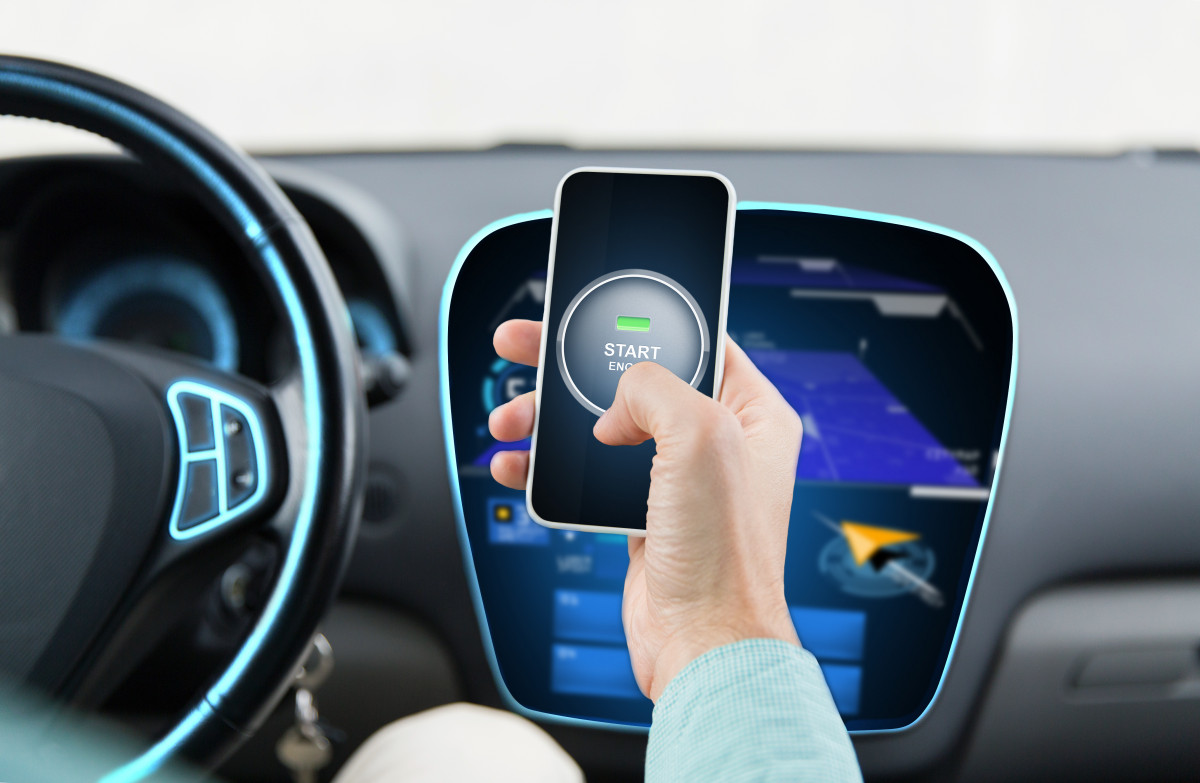
What will be the major factors and trends that will define the automotive industry – and the impact of those trends on drivers and passengers – in 2020? Our international product marketing manager Erik Peters, director of marketing Gary Macdonald, and director of business development Rohith Pai, all weigh in with some of their biggest predictions for the year ahead for the automotive world.
Erik: Cars will become increasingly geared toward personalized user experiences.
The idea of what makes a caryourcar will start to take on new definitions in 2020. Making a car yours will go beyond simply just owning it, especially as car-sharing services like Zipcar continue to take off. Instead what will personalize the automotive experience is what the users are able to carry into the vehicle with them. For example, user profiles that store everything from an individual’s radio presets to in-cabin temperature preferences to an address book of contacts will all be curated via smartphone apps, ensuring that these personalized settings are easily carried over from one vehicle to the next, making any car immediately adaptable to the user’s tastes.
Perhaps the best example of this will be the digital key, which empowers drivers to use their phones as the key to their car – controlling the locks, ignition and infotainment settings from a single app – rather than a physical key fob. The first wave of these digital keys will begin hitting the market in the new year and lay the foundation for a more widespread adoption of digital keys in the years to come.
Gary: 5G will drive connected cars into the mainstream.
Throughout 2019 we saw major service providers finally make inroads with their promise of delivering 5G capacity. This year we’ll see this service begin to creep more into major cities, and one of the biggest implications of that will be a more mainstream adoption of connected cars.
连接车辆需要能够检测和我nteract with their surroundings in real-time – spanning everything from other cars on the road, to traffic lights and signs, to road hazards. The ability for car sensors to map out and collect data from this environment, and do so at the speed that a vehicle moves, requires the 1 millisecond low latency and 20GBps speeds that are only possible with 5G. As a result, the more 5G breaks into the mainstream, the more connected cars will emerge as an application for it.
Rohith:AI will transform the automotive experience inside and out.
In 2020 we will see AI become further integrated into the automotive experience – both inside and outside of the car. On the inside, this means applications like interactive virtual assistants, intelligent driver assurance systems and voice-enabled user interfaces that will change the way drivers and passengers interact with their vehicles.
On the outside, AI will be pivotal to the sensors, cameras and radars that are monitoring and reporting on driving conditions in real-time. AI enables the car to develop a contextual awareness in how it reacts to its surroundings. For instance, in the event that the vehicle detects an icy road, the AI would know to automatically engage its four-wheel drive in response in order to slow down.
That’s all for our 2020 predictions! If you haven’t already, make sure to check out our previousroundup of thoughts on the connectivity landscape for 2020as well.